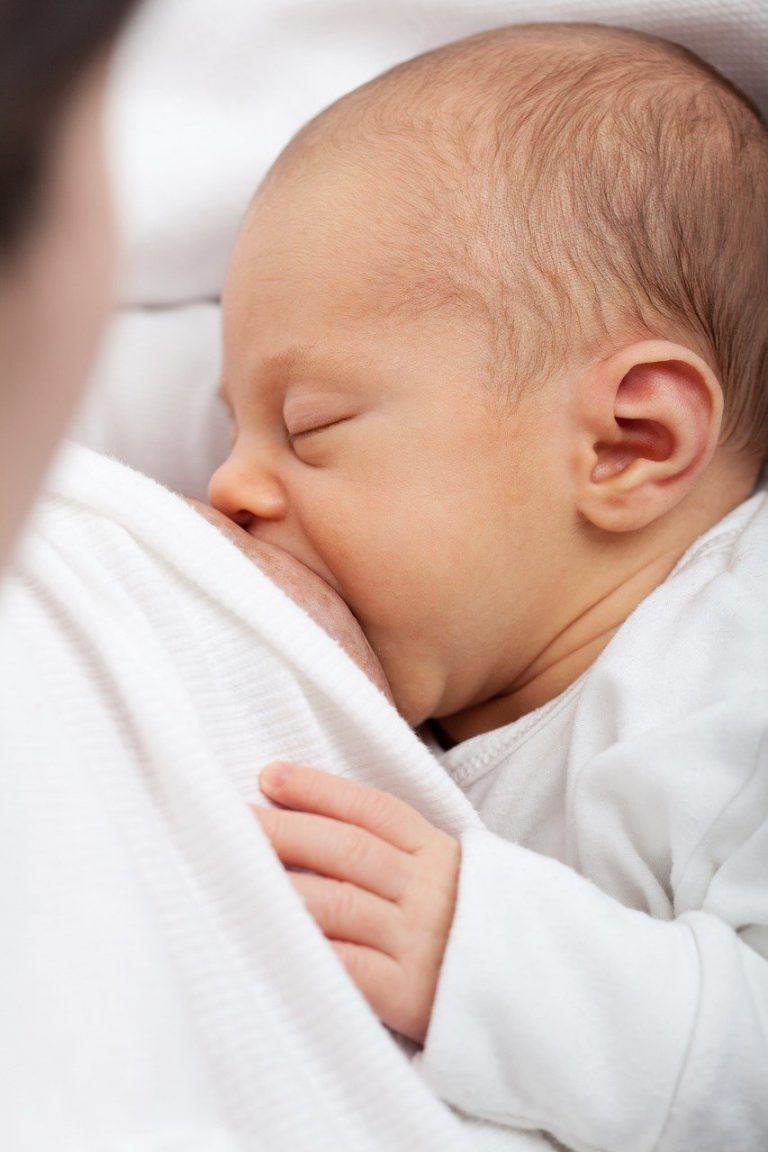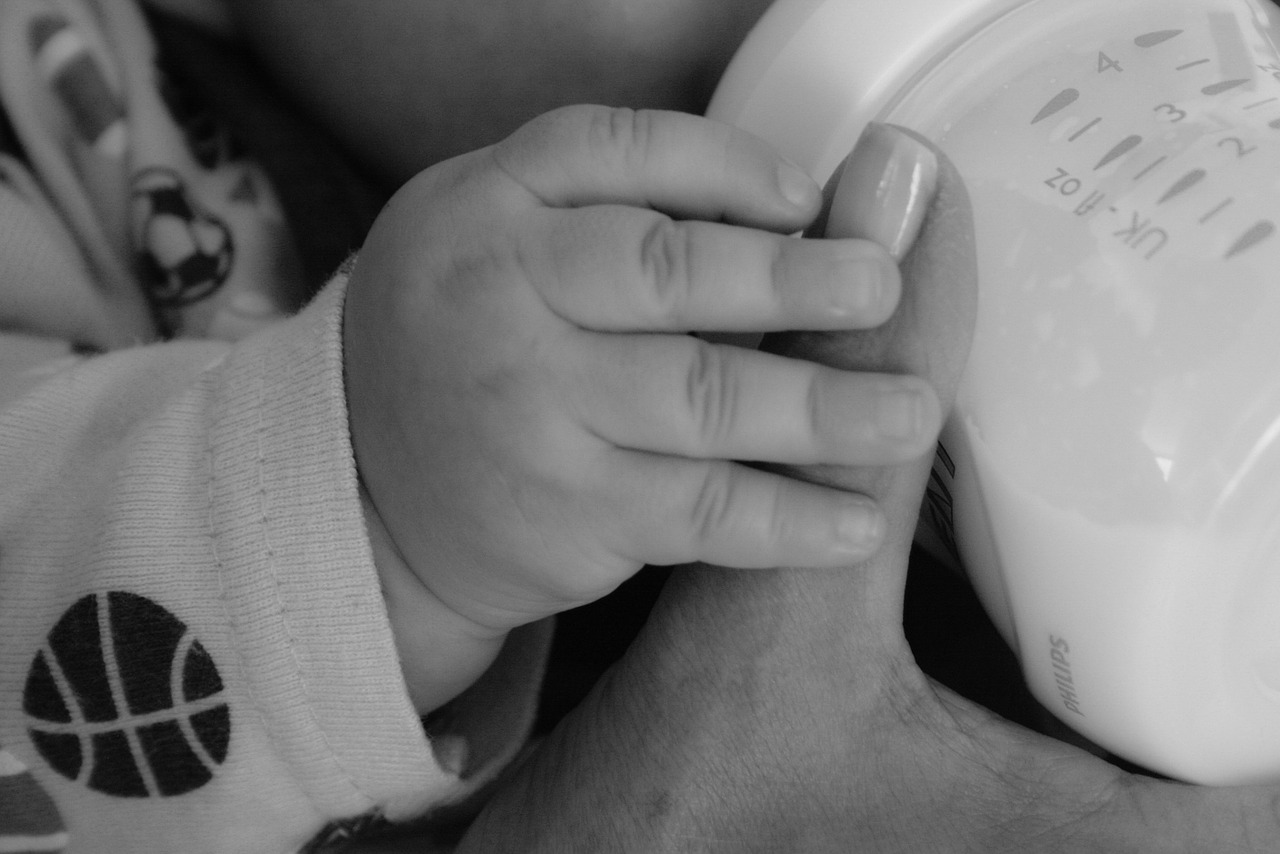Nurses Asked To Use The Term Chest Milk Instead Of Breast Milk In Order To Be More Inclusive

Nurses Asked To Use The Term Chest Milk Instead Of Breast Milk In Order To Be More Inclusive
Hospitals in the UK are among the first to trial new inclusive language when referring to patients to ensure all groups feels represented. Among other phrases, it includes replacing ‘breastfeeding’ with ‘chest-feeding’ and ‘breast milk’ with ‘human milk.’
Nurses working in the prenatal units of Brighton and Sussex university Hospitals NHS Trust, were given a 19 page document by UK health officials outlining the new terms which are aimed at being more “inclusive of trans & non-binary birthing people without excluding the language of women or motherhood.”
“Today we are launching the UK’s first clinical and language guidelines supporting trans and non-binary birthing people,” the hospital tweeted. “We are proud to care for trans and non-binary people.”
Nurses were also encouraged to avoid the terms “mothers” and “women” on their own — unless called for in specific cases. They were instead asked to use gender-neutral terms such as “parents” and “people.”
“We are consciously using the words ‘women’ and ‘people’ together to make it clear that we are committed to working on addressing health inequalities for all those who use our services,” the hospital tweeted.
On its website, the hospital system adds, “We acknowledge the additional challenges that gender identity can have on pregnancy, birth and infant feeding and recognize the importance of providing inclusive, respectful care to pregnant people and their families.”

Some of the terms being adopted are:
- ‘Breast/chestfeeding’, in place of ‘breastfeeding’
- ‘Human milk’ or ‘breast/chestmilk’ or ‘milk from the feeding mother or parent’, in place of ‘breastmilk’
- ‘Maternal and parental’ or ‘maternal/parental’, in place of ‘maternal’
- ‘Woman or person’, in place of ‘woman’
The hospital acknowledges that using the wrong term for a person. The new guidelines explain that the approach in ‘using gender-neutral language alongside the language of womanhood, is to ensure that everyone is represented and included’. It states: “Gender identity can be a source of oppression and health inequality.”
The language changes however do not apply when discussing or caring for individuals in a one-on-one capacity, the document says. Instead, language and documentation should reflect the gender identity of the individual.
What do you think of this new initiative?


